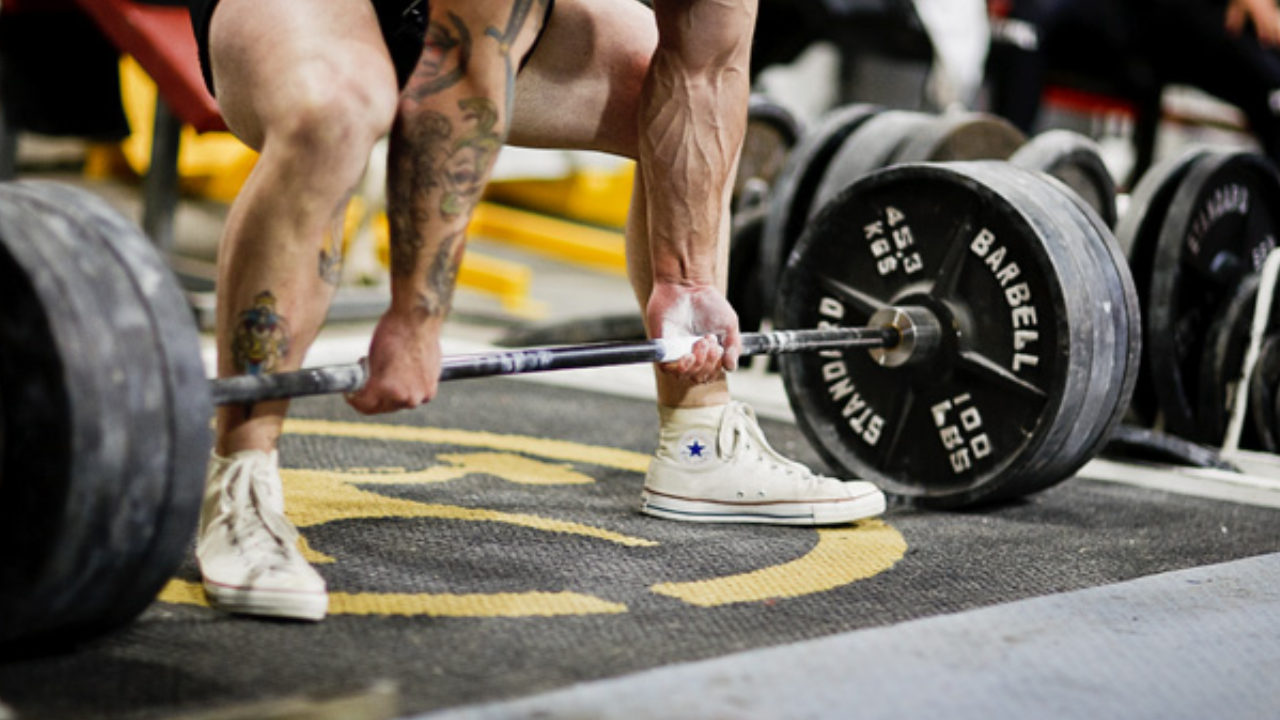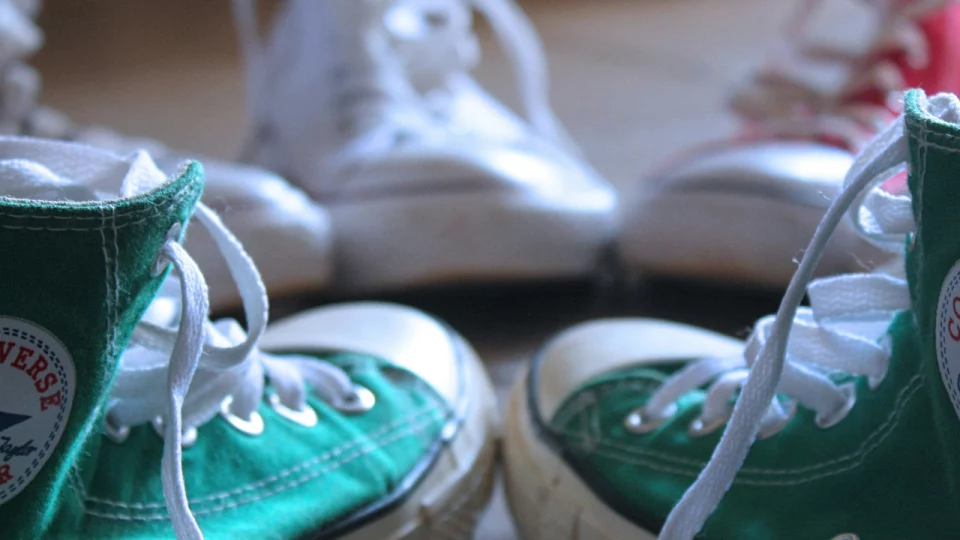When it comes to weightlifting, your choice of footwear plays a crucial role in performance and safety. Many people might think that footwear is only important for activities like running or hiking, but when it comes to lifting heavy weights, the right shoes can make a significant difference. Recently, high-top shoes have become a popular choice for many weightlifters.
Explore the benefits, drawbacks, and considerations when using high-top shoes for weightlifting. Compare them with other types of footwear and discuss how they can affect different styles of lifting.
Table of Contents
The Evolution of Footwear in Weightlifting
Historically, weightlifters had limited choices when it came to shoes designed specifically for their sport. The focus was more on grip, stability, and durability. Over time, specialized lifting shoes emerged with features such as flat soles and raised heels to improve performance in certain lifts. However, in the past decade, more and more lifters have started using non-traditional footwear like high-top shoes, which have their origins in basketball and casual fashion.
The crossover of high-top shoes into the weightlifting realm may seem unconventional, but the trend has gained traction due to their unique combination of support, style, and versatility.
Advantages of High-Top Shoes for Weightlifting
1. Ankle Support
One of the biggest reasons athletes gravitate toward high-tops is the ankle support they offer. For movements that involve heavy loads, such as squats, deadlifts, and Olympic lifts, having stable ankles is essential. High-top shoes wrap around the ankle, providing a sense of security and reducing the risk of rolling or spraining the joint. This is especially beneficial for lifters who have a history of ankle injuries or feel unstable during their lifts.
2. Stability
Another significant advantage of high-tops is the added stability they provide during weightlifting. The high-cut design locks the ankle in place, which can contribute to overall body stability when performing exercises that require precise foot positioning, such as squats or lunges. Some lifters find that high-tops help them achieve a more consistent base, which is critical when lifting heavy weights.
Additionally, some high-top shoes come with thicker soles that offer a wider surface area, further enhancing stability by creating more ground contact.
3. Flat Sole for Lifting
Flat soles are often recommended for weightlifting because they provide a solid base and allow for better balance and control. While high-top shoes were originally designed for basketball or fashion, many of the models adopted by weightlifters have flat or minimally elevated soles. These shoes allow the lifter to push through their heels more effectively during movements like deadlifts or squats, enabling them to generate more power and maintain proper form.
4. Versatility
Unlike shoes designed specifically for weightlifting, high-tops can often be worn for a variety of activities. They can transition easily between lifting, walking, and even some cardio exercises, making them a versatile option for athletes who don’t want to switch shoes multiple times during a workout. For recreational lifters or those who incorporate a variety of activities into their routine, this versatility is a significant benefit.
5. Style Factor
While this may not affect performance, it’s worth noting that high-top shoes often have a more stylish and casual appearance compared to traditional weightlifting shoes. For some gym-goers, this aspect is appealing, as they can wear the shoes both inside and outside the gym without sacrificing comfort or performance.

Potential Drawbacks of High-Top Shoes for Weightlifting
1. Reduced Mobility
While the ankle support provided by high-tops can be beneficial, it can also be limiting for certain movements that require a full range of motion. For exercises like the snatch or clean and jerk, which involve deep knee bends and rapid changes in position, the rigid ankle support might reduce mobility and make it harder to perform the lifts correctly. Lifters who prioritize flexibility in their training may find that high-tops restrict their movement and limit their ability to achieve optimal form.
2. Lack of Specialization
One reason why traditional weightlifting shoes remain popular is that they are designed specifically for the demands of the sport. Features like a raised heel, which improves posture and alignment during squats, are absent in high-tops. While high-tops offer general support and stability, they may not provide the same level of performance-enhancing benefits as shoes made explicitly for weightlifting. Lifters focused on maximizing their output may feel like they’re sacrificing performance by not using shoes designed with their specific goals in mind.
3. Weight and Bulkiness
Some high-tops, particularly those with thick soles or extra padding, can feel bulky. This added weight might not seem like a big deal during exercises like squats or deadlifts, but it can become a hindrance during more dynamic movements. If you’re doing circuit training, plyometrics, or CrossFit, where agility and quick foot movements are essential, the bulkiness of high-tops can slow you down and affect your performance.
Comparing High-Top Shoes to Traditional Lifting Shoes
When choosing footwear for weightlifting, many people wonder how high-tops stack up against traditional weightlifting shoes. To answer that question, we need to break down the specific elements that make each type of shoe unique.
1. Heel Height
Most traditional weightlifting shoes come with a raised heel, which helps to improve posture and allows the lifter to go deeper into their squat while keeping their chest up. This feature is particularly beneficial for people with limited ankle mobility, as it compensates for their range of motion. High-tops, on the other hand, generally have flat or minimally elevated soles, which may not offer the same benefits for squatting movements.
For lifters who are mainly focused on deadlifts or movements that require a flat foot, high-tops might actually be preferable, as the raised heel in traditional lifting shoes can shift weight forward, which is not ideal for these exercises.
2. Support
Both traditional weightlifting shoes and high-tops offer ankle support, but they do so in different ways. Traditional lifting shoes often come with straps or a snug fit that locks the foot and ankle into place without restricting movement. High-tops, however, use their higher cut to provide support, which may feel more secure but could limit mobility in some cases.
3. Grip and Traction
High-tops designed for basketball or casual use may not offer the same level of grip as specialized lifting shoes, which are designed to prevent any slipping or sliding on the gym floor. However, many high-tops used by lifters are made with rubber soles that provide sufficient grip for most weightlifting movements. Lifters who require maximum traction for powerlifting may still prefer specialized shoes with advanced grip technology.
4. Durability
Traditional weightlifting shoes are designed to withstand the repeated stresses of heavy lifting. Their materials are chosen to ensure that they maintain their structure and function even after extended use. High-tops may not always offer the same durability, especially if they are not specifically designed for the gym. For serious lifters, this might be a concern, as high-tops could wear down more quickly than shoes built for weightlifting.

How High-Tops Affect Different Weightlifting Movements
Now that we’ve discussed the general benefits and drawbacks of high-tops for weightlifting, let’s look at how they perform in specific exercises.
1. Squats
For squats, high-top shoes can provide additional ankle support, which some lifters find beneficial. However, the lack of a raised heel can be a drawback for lifters with limited ankle mobility. If you have trouble hitting depth in your squats or keeping your chest upright, high-tops might not offer the same advantage as traditional weightlifting shoes with a raised heel.
2. Deadlifts
Deadlifts benefit from shoes with flat soles, as this helps the lifter maintain balance and push through the heels. High-top shoes are often ideal for deadlifts, especially since they provide ankle support without the elevated heel that could throw off your balance.
3. Olympic Lifts
For Olympic lifts like the clean and jerk or snatch, flexibility and mobility are essential. High-tops may limit the range of motion needed for these lifts, making them a less-than-ideal choice. Specialized lifting shoes with a raised heel and greater ankle mobility tend to work better for these complex movements.
